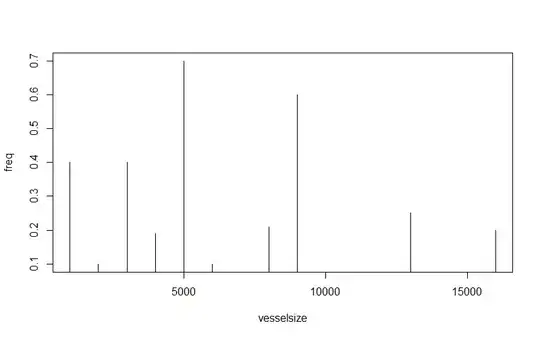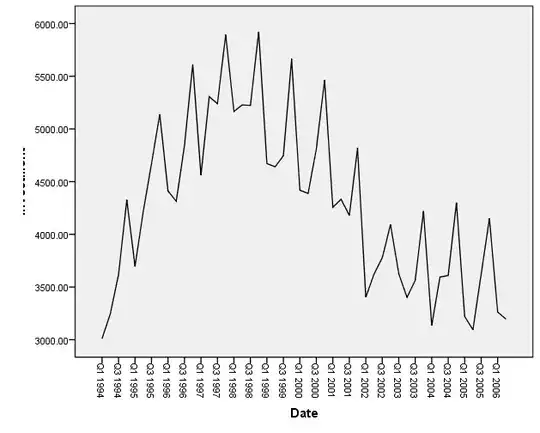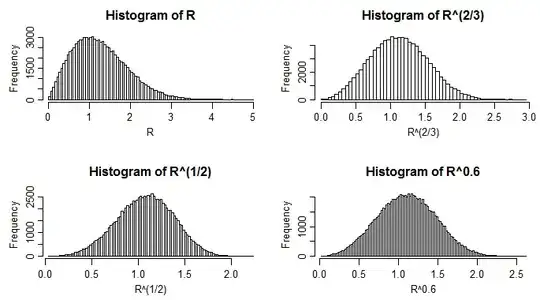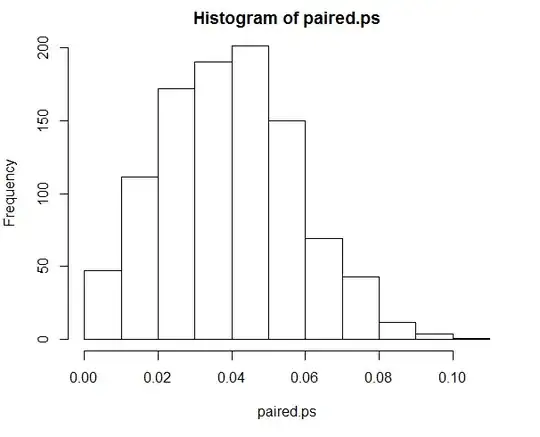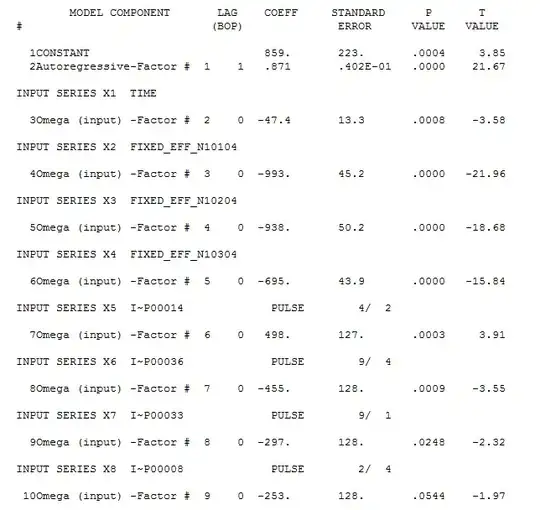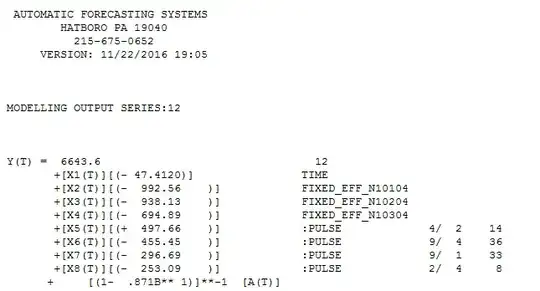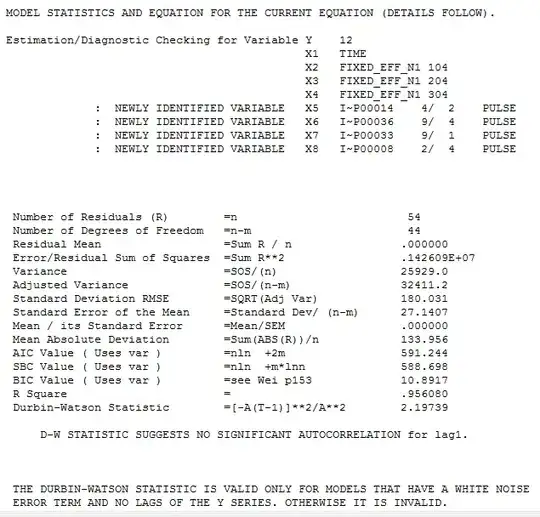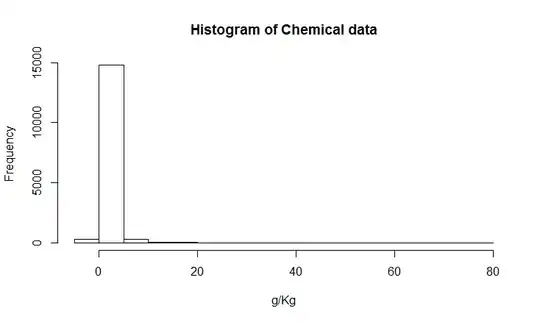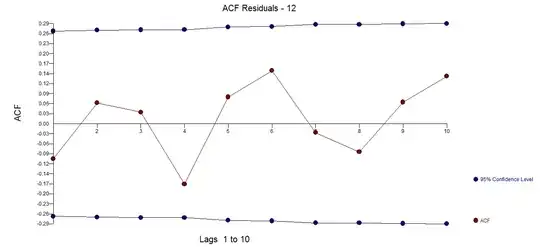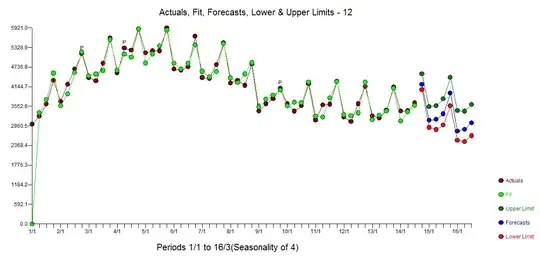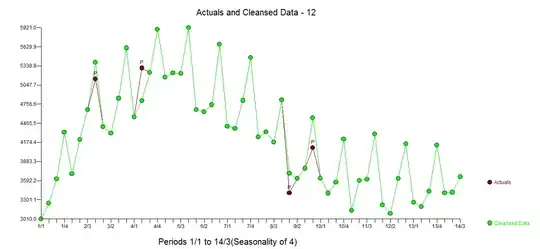I would go for additive too. As your apparent signal seems of low frequency, you can go a little beyond, at least empirically. You can check for instance the homoscedasticity of finite differences of the data (first or second order). This would act as a very crude high-pass filter, where you could expect the noise to be dominant.
If your signal is much longer, moving windows and Fourier transforms could be of help.
However, as for forecasting, you can perform both models in parallel, and decide which one you apply based, for instance, on the best performance of one of them based on past statistics. This is a heuristic method that I have recently used in the prediction of outcomes for hybrid system co-simulation, where no model is known: perform different extrapolations in parallel, very fast, and decide. It is not very theoretical, but it works well on our data.
If interested, I could develop. The reference is called: CHOPtrey: contextual online polynomial extrapolation for enhanced multi-core co-simulation of complex systems
As the data is quite short, and I am not sure we have a full seasonal period, I tried to perform some Fourier analysis on the data, its gradient and Laplacian. The fluctuation seems to be quite periodic, so on the bottom plot I have attempted to design a "filtering" moving average. The residue does not vary in amplitude a lot. It really does not seem to be random.
